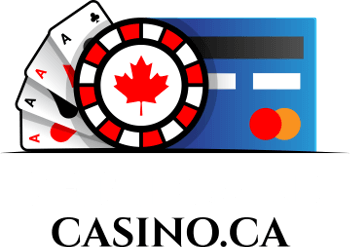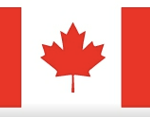History of King Pedro Card Game
 King Pedro is a popular Canadian card game that’s derived from an American game known simply as Pedro; the word Pedro meaning Five. By its original rules, the 5 of trump is worth the most scoring points (five).
King Pedro is a popular Canadian card game that’s derived from an American game known simply as Pedro; the word Pedro meaning Five. By its original rules, the 5 of trump is worth the most scoring points (five).
In most Americanized variants, the trump 5 is the Right Pedro, and the 5 of the same color the Left Pedro—also a trump worth the same five points. That game is commonly known as Double Pedro.
North of the 49th parallel, we play the game with similar rules, except that the King is the highest scoring card, worth a generous 30 points. Hence the name in Canada is King Pedro.
As stated above, the original game of Pedro was first developed in the United States—specifically in Denver, Colorado during he 1880s. Its most popular US variants are Cinch, Double Pedro and High Five. But King Pedro’s ancestral roots date back much further.
History of King Pedro Card Game
Pedro is a direct descendant of another US card game, Pitch (aka High Low Jack), which was taken from an old English card game known as All Fours. In fact, all of the above listed games are classified in the original ‘All Fours‘ card game genre, as are many other comparable variants.
In its earliest form, All Fours was a trick-catching card game designated for just two players. To this day, it’s still played in pubs all over England, and is especially popular on the islands of Trinidad and Tobago.
When English settlers brought it to the United States in the mid 1800’s, the rules were slowly adjusted to form a new game known as Pitch. Bidding was added to the format, which eventually altered the name to Auction Pitch. That game (under various titles) is still incredibly popular across parts of the US.
In its initial format, Pedro did not utilize partnerships. Anywhere from 4-7 players could take part; it was each man (or woman) for himself. There was no off-suit trump (Left Pedro), and only a single round of bidding took place. The Pedro wasn’t the highest scoring trump, either. That honor usually went to the 9, or “Sancho”, worth a respective nine points (known as Sancho Pedro). Other cards took on value in certain groups, including the 3 (three points), the Joker, or Snoozer, (15 points), and the Queen (20 points).
In Denver, Colorado, circa 1885, Double Pedro (aka Cinch, High Fives) was born. Partnerships were introduced, along with the Left Pedro and the second deal (9 cards to start, followed by auction, then 4 more cards per player before discarding to 6). The name ‘Cinch‘ was popularized by the strategic need for the third player to a trick to ‘cinch’ the trick by playing any trump higher than a 5, thereby preventing the fourth player from making a Pedro (stealing a trick with 5+ points).
King Pedro has been played in Canada for more than 100 years, and has been heavily influenced by Ukrainian-Canadian communities. In fact, there are two distinct versions of King Pedro played in the Great White North. There are the standard Canadian King Pedro rules, and Ukrainian-Canadian King Pedro rules. As is often the case with highly favored card games, a number of other rule variations are also utilized across different parts of Canada.
 Jackpotcity.com is our editorial pick for your gaming needs. Currently offering an entire suite of casino games, as well as a wide range of Canadian deposit options, JackPotCity truly offers world-class gaming.
Jackpotcity.com is our editorial pick for your gaming needs. Currently offering an entire suite of casino games, as well as a wide range of Canadian deposit options, JackPotCity truly offers world-class gaming.





